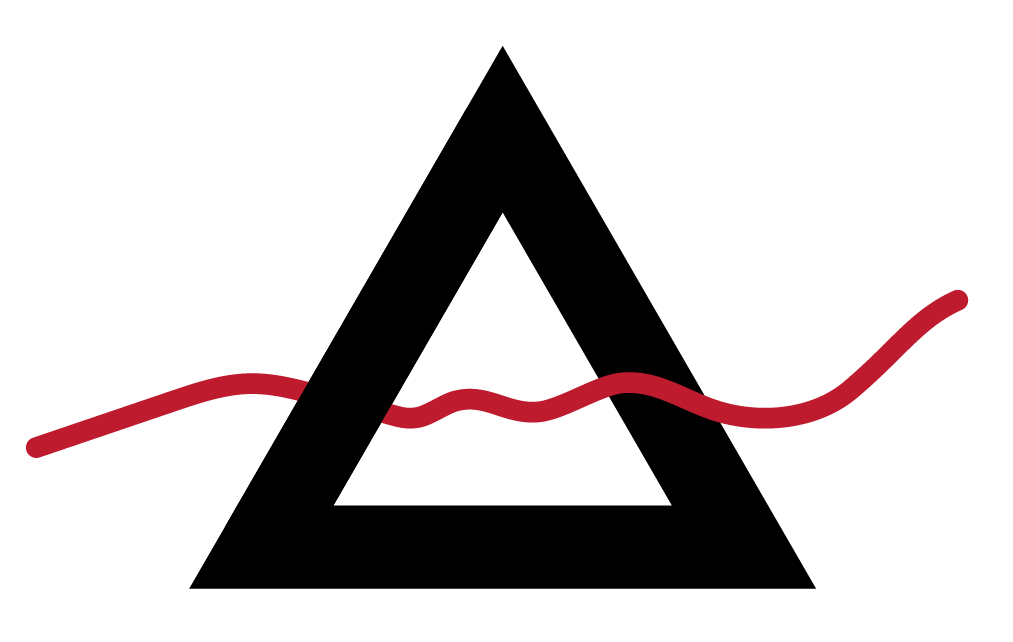When You Can’t See the Forest For the Trees
In the early 70’s I once heard Lydiard get in an argument at one of his public talks with a physical education student. Arthur was just back from America and for the first time was using the terms aerobic and anaerobic. Except he had the terms reversed, so to the few learned people there what he was saying didn’t make sense.
When it was pointed out to him he got quite ruffled and defended himself by saying that his system had won multiple Olympic medals and that the exercise physiologists with their fancy terminology had won none. “The trouble with you people is you can’t see the forest for the trees” he declared. No wonder he didn’t make friends in high places.
When it came to the trees (details) he was incorrect, but when it came to the forest he was correct and ultimately the results spoke for themselves. Lydiard was a big picture guy and he was quite willing to change the details (and he did many times and also eventually become fluent in physiologic language) because he was confident that when it came to training he had a winning framework.
When we can’t see the forest for the trees we are so caught up in the details that we don’t and can’t pay attention to the big picture. I see very intelligent people doing this all the time when it comes to their training. They know all the pertinent bits and bytes of science, they are motivated and they work their butts off, but they don’t know how to put it altogether to obtain that magical state of peaking.
All those bits and bytes composed of valid and valuable information don’t work unless they are fed into a system that puts them in correct relationship to each other. The big show stoppers are not how talented an athlete you are, or how hard you can work, but that maybe you just don’t listen well to your body or know your own psycho-emotional make-up well enough, or maybe you simply haven’t learned when to back off when you need to. If you consciously or subconsciously subscribe to the ‘more is better’ or ‘no pain no gain’ brigade, or you simply doubt your own ability, or don’t think you deserve to have your dreams manifest, then having all the right workouts in the wrong order is akin to rearranging the deck chairs on the titanic.
The beauty of Lydiard’s pyramid training model is that it offers a system that organizes all the workout elements in their correct order and focuses the athlete to the goal race.
I can remember as an 18-year-old warming up for the 800m final in the Commonwealth Games after a full Lydiard 6-month training pyramid that was geared to peak me on that day. I literally felt I had wings on my feet. When I raced I felt like my feet just skimmed the ground. It was the most exhilarating and sublime feeling. I ran a PR of 2:03 and was ecstatic to see such a time on the electronic scoreboard. After that I was hooked for the next 25 years, prepared to train for months just to feel that feeling on race day once again.
Many runners, especially in America, never know that feeling. Or they touch it randomly in training with no idea why they suddenly felt good that day, let alone how to replicate it in a race. They train and race at the same pace, way slower than they have the potential for, and never lift their performance to new heights. They accept that racing is painful and glorify the pain. All because they are not training and peaking correctly.
Even if you consider yourself a beginner, or a middling runner, or you know it all, I invite you to try training the Lydiard way and peak for a race using the five sequential training phases if you haven’t before. When you peak you fly, and when you fly you get high enough to finally see the forest for the trees. And once you’ve done that there’s no going back.
